Achievement of ShotokuTaishi “聖徳太子の功績”
Shotoku Taishi (574-622) established a Buddhist culture in Japan.
He not only built the temple, but also communicated his thoughts about Buddhism through “Sangyo-Gisho”.
“Sangyo-Gisho” is a manual for “Hokekyo”, “Shomangyo”, and “Yuimakyo”.
聖徳太子(574~622年)は、日本に仏教文化を根付かせました。
お寺を建立する以外にも、『三経義疏(さんぎょうぎしょ)』によって、仏教の考えを伝えました。
『三経義疏』は『法華経(ほけきょう・ほっけきょう)』『勝鬘経(しょうまんぎょう』『維摩経(ゆいまきょう)』の解説書です。
Nanto-Rokushu “南都六宗”
During the Nara period, a religious faction called “Nanto-Rokushu”, known as academic Buddhism, flourished.
It was also called “Nara Buddhism” and flourished around Heijokyo (current capital of Nara Prefecture).
奈良時代では、学問仏教として「南都六宗(なんとろくしゅう)」と呼ばれる学派が盛んになりました。
奈良仏教とも言われ、平城京(現在の奈良県を首都)を中心に栄えた日本仏教です。
“Nanto Rokushu” includes six religious factions: Sanronshu, Josyushu, Hoshoushu, Kushushu, Kegonshu, and Rishu.
『南都六宗』は、三論宗(さんろんしゅう)、成実宗(じょうじつしゅう)、法相宗(ほっそうしゅう)、倶舎宗(くしゃしゅう)、華厳宗(けごんしゅう)、律宗(りっしゅう)の6つの宗派を指します。
“Kento-shi” and Buddhist culture “遣唐使と仏教の文化”
As Buddhism gradually spread to Japan, Emperor Shuming sent “Kentoshi” to Tang (China) to import the latest technology and Buddhism at the time.
Emperor Shuming tried to use Buddhism in politics.
徐々に仏教が日本に広がりを見せると、舒明天皇が唐(中国)に遣唐使を送り、当時の最新技術や仏教を輸入しましたが、仏教の教えを用いて自分の政治に活用しようとしました。


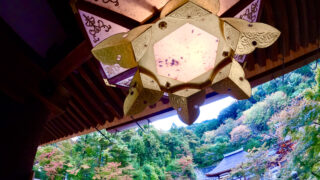


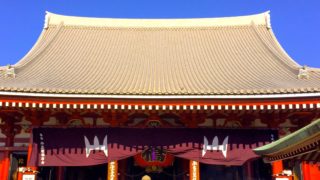

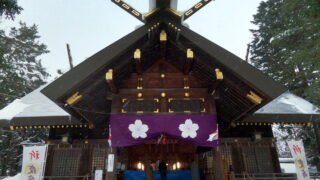
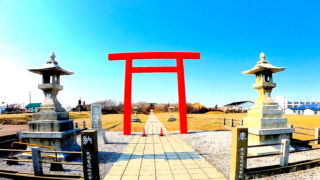




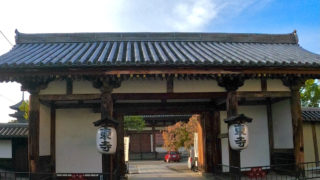




コメント